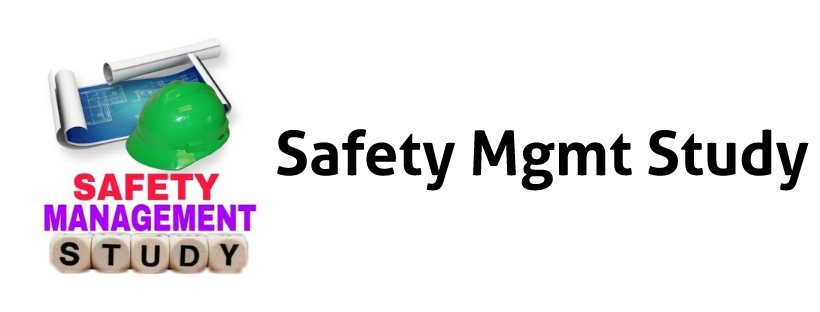What are the hazards of entering an Enert Confined Space and safety precautions?
What is an Enert Confined Space?
An enert confined space is a type of confined space that has been rendered inert, typically through the displacement of oxygen by an inert gas such as nitrogen. The idea behind these spaces is to remove all fire and explosion risks by reducing the level of oxygen below what can support combustion. However, this creates unique dangers which must be carefully controlled.
Mostly, confined space contains pyrophoric material need enert entry to prevent risk of fire
Confined Space Stock photos by VecteezyOSHA Safety Requirements for Entry into an Enert Confined Space
The Occupational Safety and Health Administration (OSHA) has strict rules about working in enert confined spaces. These regulations were created in order to protect workers from specific hazards associated with this type of environment.
1. Permit Required Confined Spaces (PRCS) Program: Employers must implement a PRCS program that identifies hazards, tests the atmosphere within them, provides appropriate equipment and ensures adequate training.
2. Atmospheric Testing: Oxygen content, flammable gases, toxic substances- all these things need to be tested for before entry can happen by anybody into a confined area.
3. Entry Permit System: An entry permit system should be used to authorize entry. This includes recording the hazards identified, control measures taken and emergency procedures put in place.
4. Communication & Observation: There must always be continuous communication between those working inside a confined space with those outside it at all times while work is being carried out there; moreover somebody trained needs also always be present who can observe events inside from without thus being able respond promptly if something goes wrong.
Hazards Associated With Entering Into An Enert Confined Space
Lack Of Oxygen
One major risk when it comes to enert confined spaces is the lack of oxygen. Normal air contains about 21% oxygen but in these spaces, this may be reduced to below 19.5%, which is considered unsafe for human beings and could cause death through suffocation.
Exposure To Inert Environment
Exposure to an inert environment such as nitrogen filled room can have very serious consequences since they displace oxygen hence unconsciousness or even death within no time because there are no color or smell that can be used as a warning sign.
Other Hazards
1. Poisonous Gas Build Up: There might be accumulation of poisonous gases like carbon monoxide or hydrogen sulphide within confined areas which is extremely dangerous to health.
2. Engulfment: Materials such as grains or sand could become loose and pose risk of someone being buried alive i.e., suffocating them.
3. Physical Danger: Machines with moving parts, sharp objects lying around among others may cause injuries when touched accidentally by workers inside these tight places.
Safety Requirements for Entering into an Enert Confined Space
To ensure safety during entry into enert confined space, following precautions need to be taken:
Use Breathing Apparatus
Employees should use a reliable breathing apparatus that provides sufficient amount of oxygen like (SCBA) self-contained breathing apparatus or supplied-air respirator (SAR).
Continuous Monitoring
Continuous monitoring of atmosphere needs to be done so as detect any changes in levels of oxygen or presence hazardous gases.
Proper Training
All people involved in entering into confined space must receive adequate training on dangers, safe practices and use emergency equipment.
Emergency Procedures
There should be well defined emergency procedures including rescue plan and availability rescue equipments at site where work will take place.
Personal Protective Equipment (PPE)
Workers should also wear appropriate personal protective equipment (PPE) such as hard hats, gloves and overalls when working inside these areas due to physical hazards they present.
List of Safety Requirements for Enert confined space entry:
- Permit to Work.
- Gas Test.
- Purged with enert gas.
- Bubble line Breathing Apparatus.
- Three way communication.
- Training.
- Standby Man.
- Rescue team.
Conclusion
Due to the absence of oxygen and possible contact with dangerous gases, entering inactive confined spaces is very risky. It is important for employees to follow OSHA safety standards which include being properly trained, using breathing apparatus and continuously monitoring. Employers can make jobs safer for their staffs who may have to work in such hazardous places by appreciating and reducing these risks.



.jpg)









.png)

.png)
0 Comments